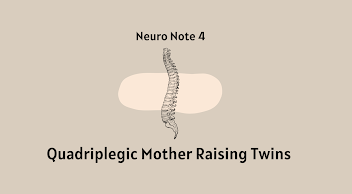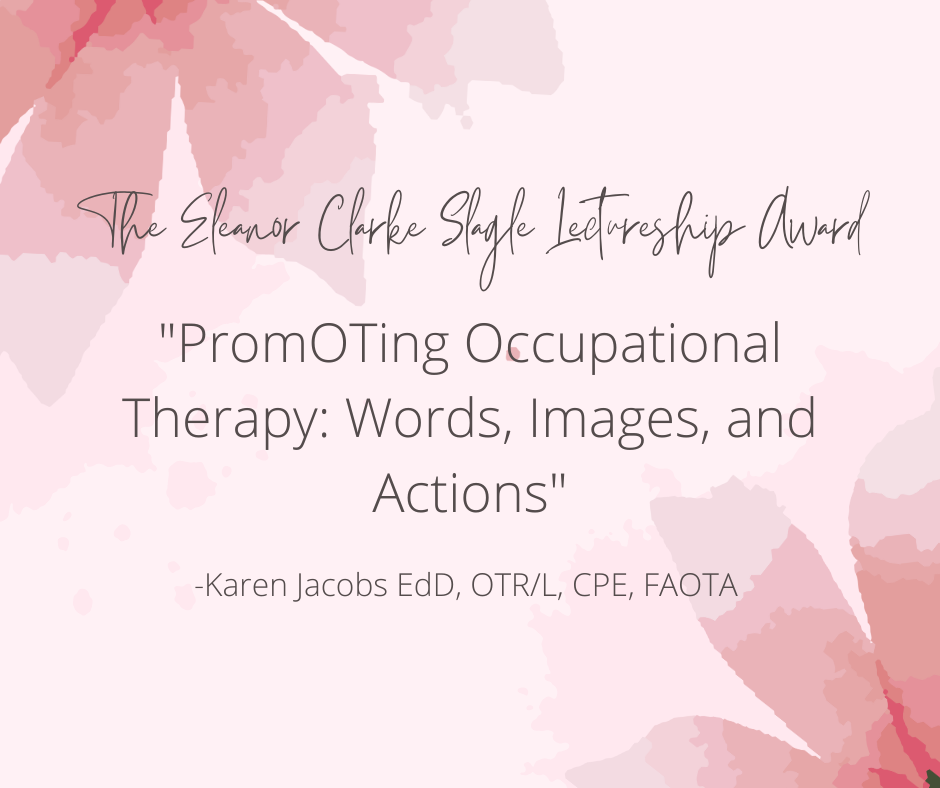Neuro Note 4: Quadriplegic Mother Raising Twins
In our Neuro Aspects class, we have been discussing the meaning of Spinal Cord Injuries (SCI). An SCI is a condition that happens when there is a disruption in motor and sensory pathways in the spinal cord. It can be classified into two categories. First, to understand how an SCI occurs, we should know if it is caused by a traumatic injury (most common; car accidents, gunshot wounds, etc) or a non-traumatic injury (tumor, infection, etc). Then, we must classify the type, whether it was a complete or incomplete break. The other category consists of the type of level the SCI is considered: tetraplegia/ quadriplegia (upper body paralysis) or paraplegia (lower body paralysis). As an OT, when you work with clients with SCI, you want to consider a lot of health and life factors that come naturally to life, such as being sexually active and having the role of being a parent. Since this condition is more common in men, you never really consider the wants and needs of the women who have an SCI, especially if they want to become mothers. To dig deeper into this, I read an article about a quadriplegic mother, Dani Izzie, and her story of having twins with her husband, Rudy.
Dani Izzie had an accident at 23 years old where she slipped on the bathroom floor and snapped her neck, leaving her quadriplegic with an incomplete injury. Izzie mentions she is paralyzed just about everywhere waist down and even her hands, fingers, triceps, abdominal muscles, and back muscles are also paralyzed. This does not stop her from living a normal, yet adaptable, life. She found love, got married, and made sure with her OBGYN that having kids was not out of the picture. When Izzie gave birth six weeks early, she talks about how empowering she felt as a woman to know that giving birth was something her body could do right and showed that she is not broken, she is a strong and powerful woman.
Not only is she a wife and mom, she also started her own company off the ground called "Access Social." Izzie talks about how even though people see her differently because of the state she is in, she wants people to stop treating her that way and see her as equal as she is adapting to what fits her lifestyle. What I loved most about this article and the video clip is that you can see Izzie using adaptive equipment to get around and execute her actions successfully. It's considered to be her type of normal. Izzie mentions that she is in a private support group called "Quad Squad" with about 400 members, most of them being mother's themselves, and they all come together and share pictures, ask questions, or give advice to one another.
I chose this article because as a future OT and learning to be realistic with clients, it is important for me to educate myself on this injury and know that it is still possible for most clients to live a normal, and adaptable, life. It is important to never discourage someone with an SCI, especially a woman who is wanting to be a mother and fulfill that role, and find ways to be there for them. I recommend this article to anyone wanting to learn more about this condition and to take away that we shouldn't believe in the stigma of people being paralyzed and thinking that's the end of their life. Dani Izzie goes above and beyond to break that stigma and to show that anything is possible if you truly want it. To learn more about Izzie's pregnancy journey, her friend helped her make a documentary, called "Dani's Twins", to document what it is like to be pregnant while being quadriplegic.
References:
Cowan, L. (2023, June 11). A quadriplegic mother on raising twins: “Having a disability is not the end of the world.” CBS News. https://www.cbsnews.com/news/dani-s-twins-documentary-quadriplegic-mother-on-raising-twins/




Comments
Post a Comment